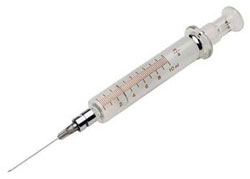
INTRO TO POSSIBLE SOLUTIONS?

www.foundationnews.org
What solution can we come up with to an epidemic that is as dynamic as the Human Immunodeficiency Virus (HIV)?
Currently there are close to one million people in the United States infected with the disease and the number is growing.
In the borough of the Bronx, New York the existence of HIV and the Acquired Immune Deficiency Syndrome (AIDS) is a more than evident problem in some of the poorer neighborhoods where AIDS rates are higher than the national average which is 329 cases per 100,000 people compared to
10456, the worst zip code in the Bronx, with a AIDS rate of
4214.9 cases per 100,000 people.
Now I ask you and myself,
what can we do to address this growing epidemic in the Bronx?
Where does the problem lie?
What communities are most affected by it?
According to the data and correlations that I found, the Hispanic population is a great part of this problem.
They make up a large part of the population affected with AIDS, second only to the African American population in the Bronx, New York.
I came to this realization when a correlation for Male Hispanic/ Latino Population vs. AIDS rate showed an alarming correlation of 0.583 with p<.01, in which most of the cases resided in the neighborhoods with the highest AIDS Rates in the Bronx.
From this data one can see that the Hispanic male population is afflicted by the disease in great numbers (Refer to Figure 4).
One of the methods of transmission that stood out the most to me was the Intravenous Drug Use (IDU), in the population of the Bronx.
Therefore, I decided to focus on solutions for HIV transmission through IDU because not only the Hispanic population was being affected but also the other races listed in the Modes of Transmission Table.